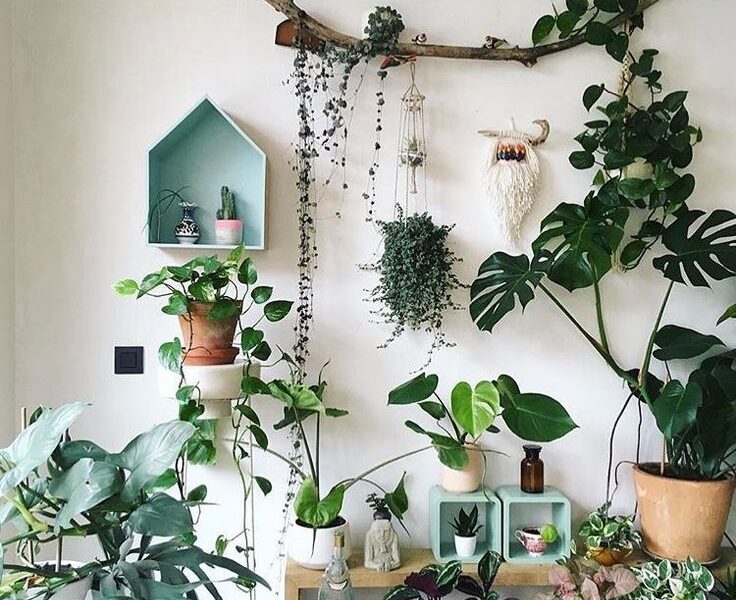List of Air Purifying Indoor Plants

There are several natural plants that enhance a person’s surroundings and promote their mental stability and wellness. Why purchase an air filter when a place with natural plants may boost the oxygen level? A cup of coffee with green plants on your working table will double your working mood and helps to get mental peace.
When NASA published a series of studies, beginning in the late ’80s, indicating that indoor plants helped filter the air, people began filling their windowsills with greenery in large numbers. However you don’t need to install a biodome of indoor plants in order to get the benefits of cleaner air and better health. The presence of even a little quantity of plant may improve air quality within one building. It makes sense to decorate your home with some low-maintenance plants.
Indoor plants that act as air purifiers decrease CO2 levels and raise relative humidity. Reliable Source In other words, they aid in the elimination of stale air and serve as a natural humidifier, so reducing or eliminating the possibility of irritation to the ocular, nasopharyngeal, and pulmonary systems.
Now a days the Instagram news feed is full indoor plants or how to décor your room with low maintenance plants. So, here we have listed some indoor plants with low maintenance and yes for oxygen and healthy air.
Peace lily- Spathiphyllum – Low Maintenance Queen

The stunning Peace Lily, or Spathiphyllum, is a great houseplant for anybody who wants to bring some natural colour indoors. They are a great oxygen producer and air cleaner, and their shiny green leaves brighten up any dark corner.
However, you should be aware that peace lilies release pollen and a floral aroma into the environment. Peace lilies contain toxins and should not be consumed by humans or animals.
Spider Plant (Chlorophytum comosum)

If you’re new to gardening or have a poor track record with plants, spider plants are the ideal alternative. They can tolerate temperatures as low as 2 degrees and do best under dim light. Baby spider plants, known as spiderettes, can also be produced by a spider plant.
The spider plant is highly regarded by scientists for its ability to remove formaldehyde from the air while producing oxygen.
Snake plant
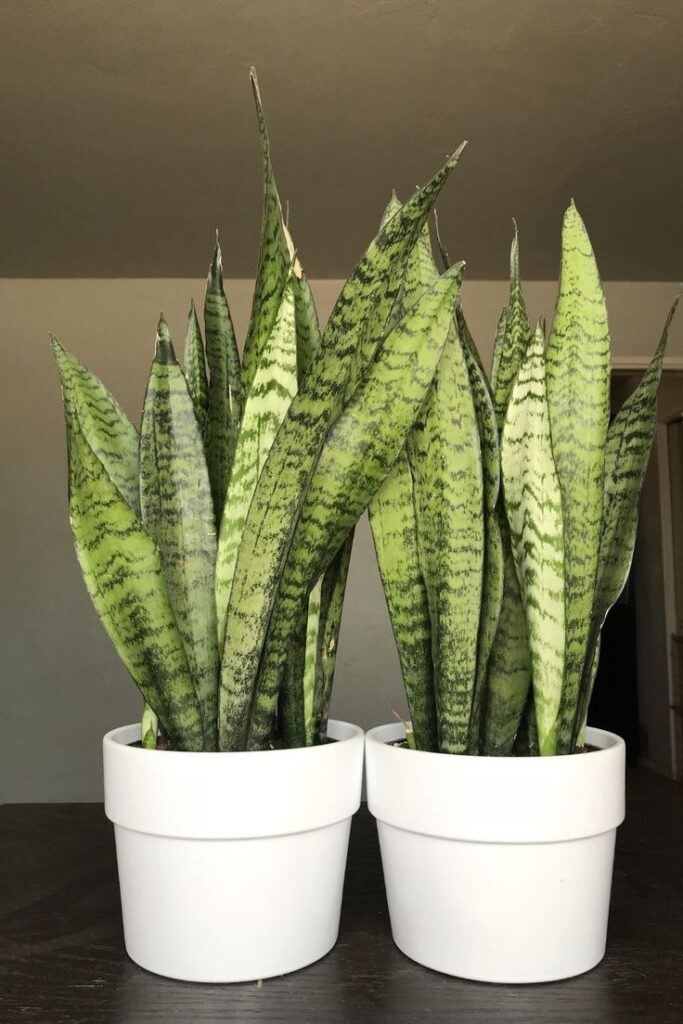
The snake plant is a popular houseplant because to its beautiful leaves, which help clean the air. NASA acknowledges its ability to remove harmful gases from the atmosphere, including formaldehyde, nitrous oxide, benzene, xylene, and trichloroethylene. Commonly used to increase air quality by removing carbon dioxide and supplying oxygen.
Areca Palm- brings calm in your life
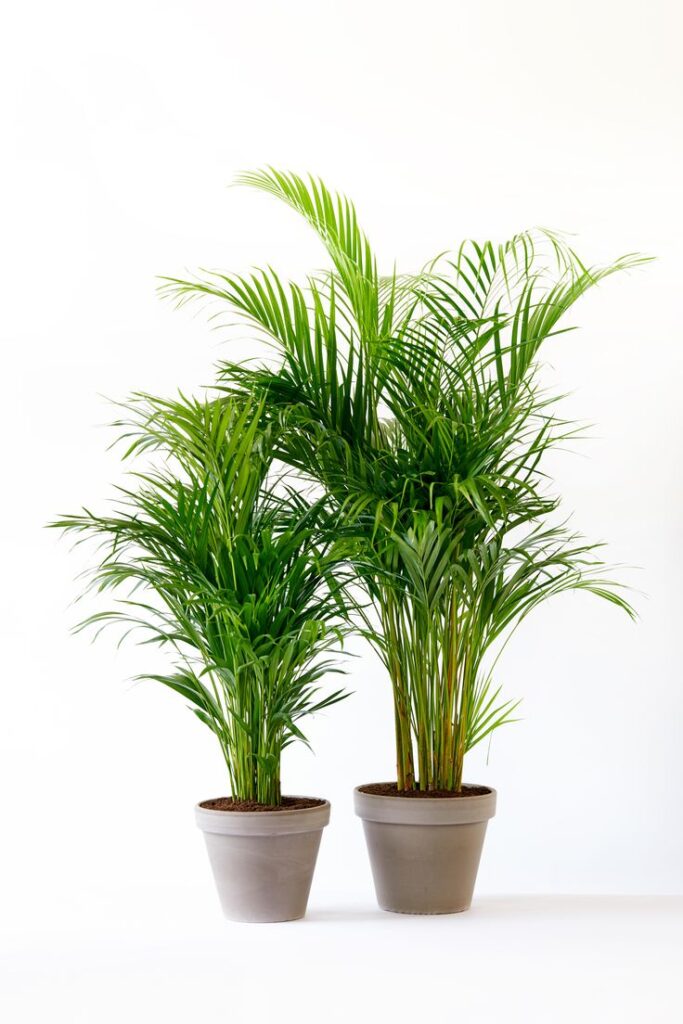
The Areca palm plant has been used for centuries to clean polluted air. Each leaf is edged in a bright shade of green, bringing a splash of nature into your house. Areca palm is one of the greatest indoor plants for cleansing the air due to its ability to absorb hazardous toxins. The Areca palm is well-known for its ability to clean the air, but it also aids in the healthy growth of children and unborn babies. You may boost your nervous system and enjoy the benefits of this plant’s presence in your home by just keeping it around. These plants are perfect for decorating a stairway or a balcony.
Common Ivy
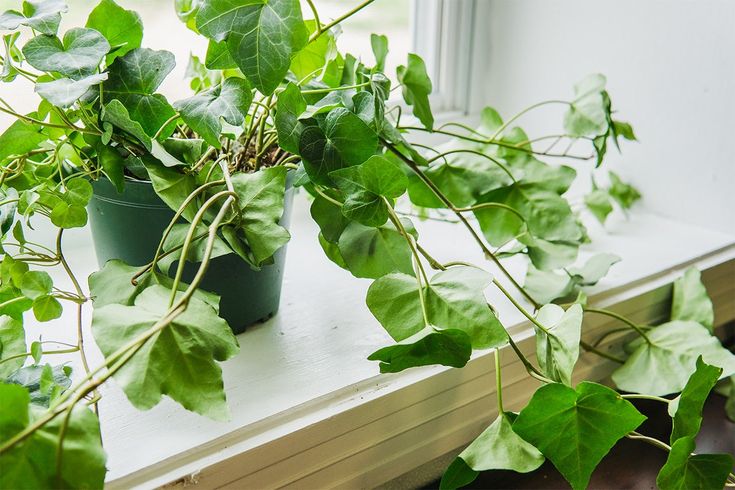
Also called English ivy, European ivy, and just plain “ivy,” this plant is excellent in filtering out volatile organic compounds like Xylene, Benzene, Toluene, and Formaldehyde. Additionally, this plant is well-known for its ability to filter out airborne pollutants, making it a particularly useful addition to the house of someone who suffers from asthma.
However, this indoor air purifying plant is hazardous as well, so it must be kept out of the reach of youngsters and animals. Furthermore, Common Ivy spreads in all directions, making it crucial that it not invade adjacent areas.
Money Plant
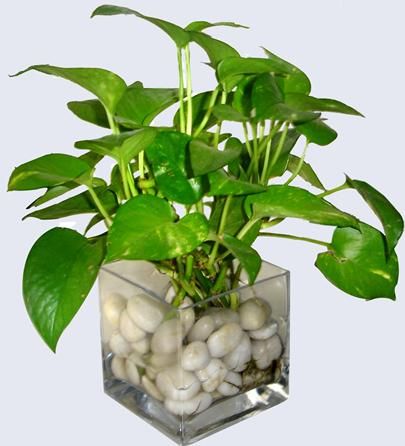
Last but not the least Money plants are among the most often utilized indoor plants since they emit oxygen even at night, which makes them more practical and beneficial to have in your living and sleeping areas.
There are two ways to plant a money plant: in water or soil. If you already have a money plant, all you have to do is pick a cut and plant it in soil or water, and it will grow.
Note: The information has been taken from the digital media.
Swikriti

